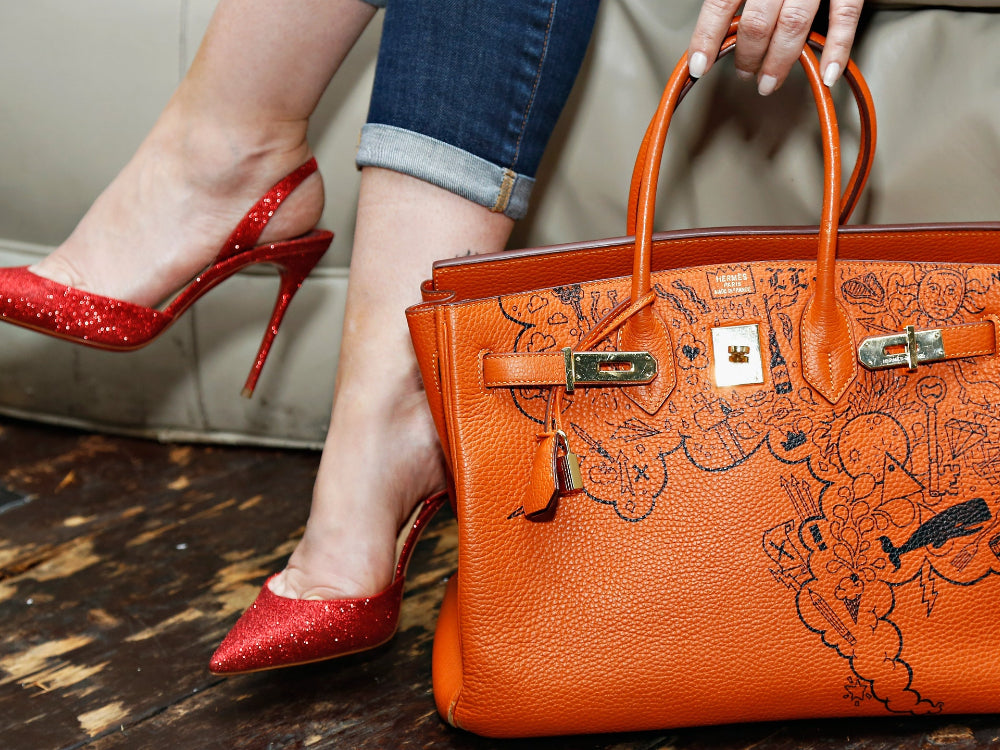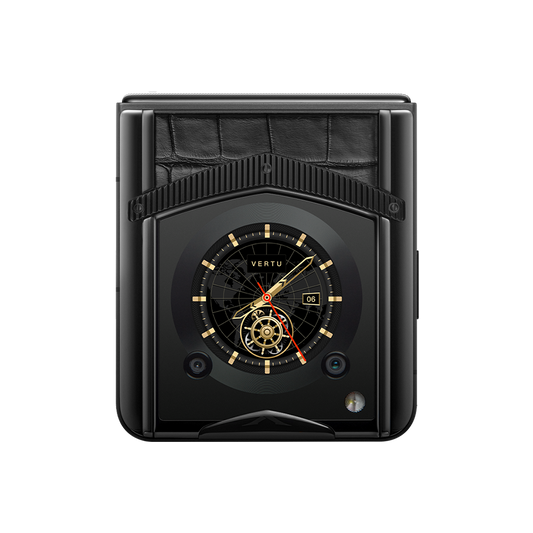The Jewelry Industry Breaks €1 billion: What Chess Game is Hermes Engaged In?

Amidst the pandemic, Hermès has expanded its focus to include jewelry.
Despite revenue declines in almost all categories, the watch and jewelry divisions have seen growth rates of up to 24%. This has shifted the industry's perception of jewelry from a fringe category to a focal point of discussion.
The jewelry category has experienced successive years of high growth due to the brand's iconic Chaine d'Ancre anchor chain design. This design was created in 1937 by Robert Dumas, the son-in-law of Thierry Hermès, the founder of Hermès, while walking along the Normandy coast. Dumas was inspired by the anchor chain used to secure ships. The Chaine d'Ancre motif was introduced, and the following year, the brand launched the silver Chaine d'Ancre bracelet as its first jewelry item. To strengthen the connection between the anchor chain element and Hermès, the brand hosted an exhibition at its Faubourg store in Paris last year. The exhibition showcased the Chaine d'Ancre jewelry collection in various shapes and materials. The exhibition was well-received by the industry.
The interpretation of Chaine d'Ancre in High Jewelry has demonstrated Hermès' potential in this field. Since the launch of Haute Bijouteri, the brand's first high jewelry collection designed by Pierre Hardy, the brand's Creative Director of Jewelry, in 2010, Hermès has released seven high jewelry collections. The majority of these collections have been inspired by the anchor chain element and the brand's equestrian DNA.
Since the launch of the third collection in 2014, Hermès has opened high jewellery exhibitions in key cities around the world to coincide with the release of each piece. These exhibitions serve as a means to consolidate high net worth clients rather than as marketing activities to enhance the brand's power. Hermès allocates a larger budget to client events, particularly those that are exclusive to invited clients.
Therefore, Hermès' heightened emphasis on fine jewelry is a means of attracting HNWIs and solidifying its position as a leader in the high-end customer base. Although the industry is recognized for having the highest proportion of high-end customers, Hermès still needs to prepare more strategies to maintain its leading position in the increasingly fierce competition. The frequent layout of fine jewelry is evidence of this. The pool of customers may be smaller, but Hermès needs to attract more fish by improving its offerings.
However, some analysts have pointed out that the growth of the Hermes jewelry category does not come from their own, but still relies on its core handbags to bring the distribution dividend. It is reported that for every platinum bag sold globally, three to five Hermes backlog single products are sold out simultaneously. This has led to Hermes having a strong competitive advantage, avoiding the chronic problem of high inventory in the fashion industry and achieving a high rate of sold-out products overall. Hermès' continued effectiveness is due to its excellent understanding of supply and demand for core items. Its position as the most valuable luxury brand in the handbag resale market reflects the market's desire for Hermès. The premium in the resale market is a result of the interplay between supply and demand, as well as Hermès' steady annual price increases.
However, controlling the total amount to meet market demand may also fail in the future. Industry sources suggest that frequent price increases and scarcity marketing by luxury brands have made affluent consumers nervous, resulting in a decline in Hermes' appeal. Additionally, the delicate balance that Hermès maintains between supply and demand is at risk of being disrupted. The increase in production capacity has led to a decrease in the scarcity of platinum bags.
Axel Dumas, the CEO of luxury brand Hermès, believes that while Hermès is not solely focused on high profits, its constant increase in production suggests otherwise. However, the rise in sales, while boosting results, also increases the risk of failure in distribution.
Even Hermès cannot afford to be complacent and must accelerate its growth.



















